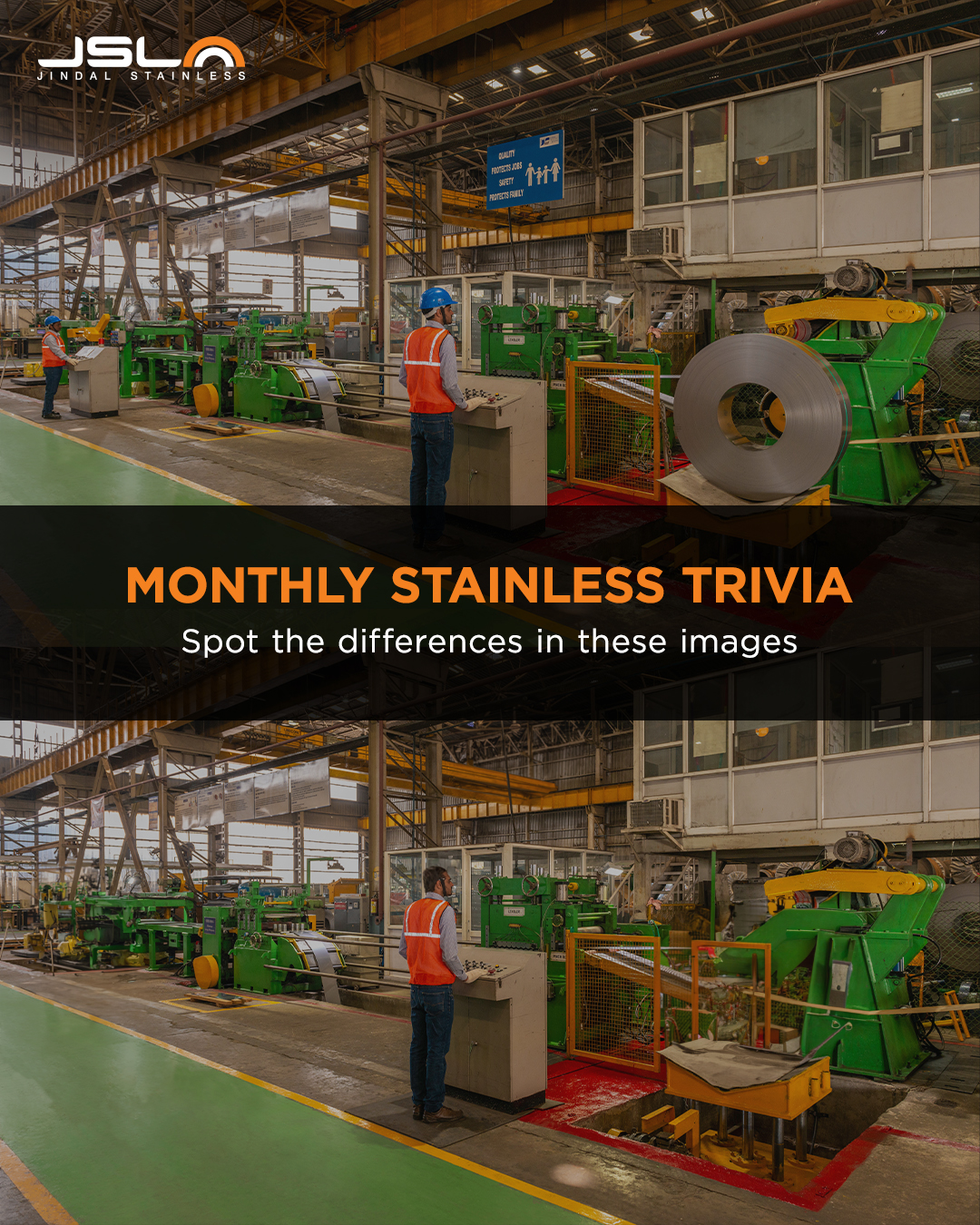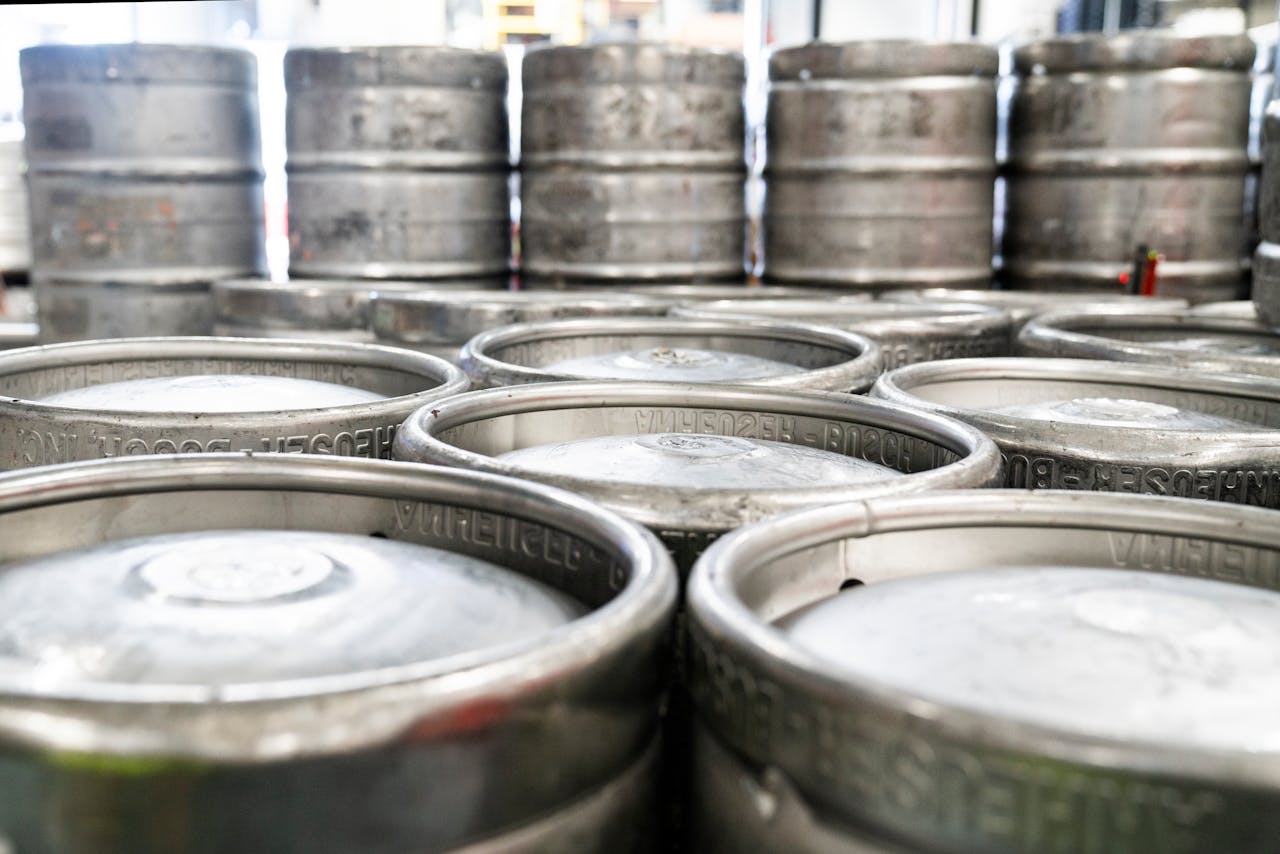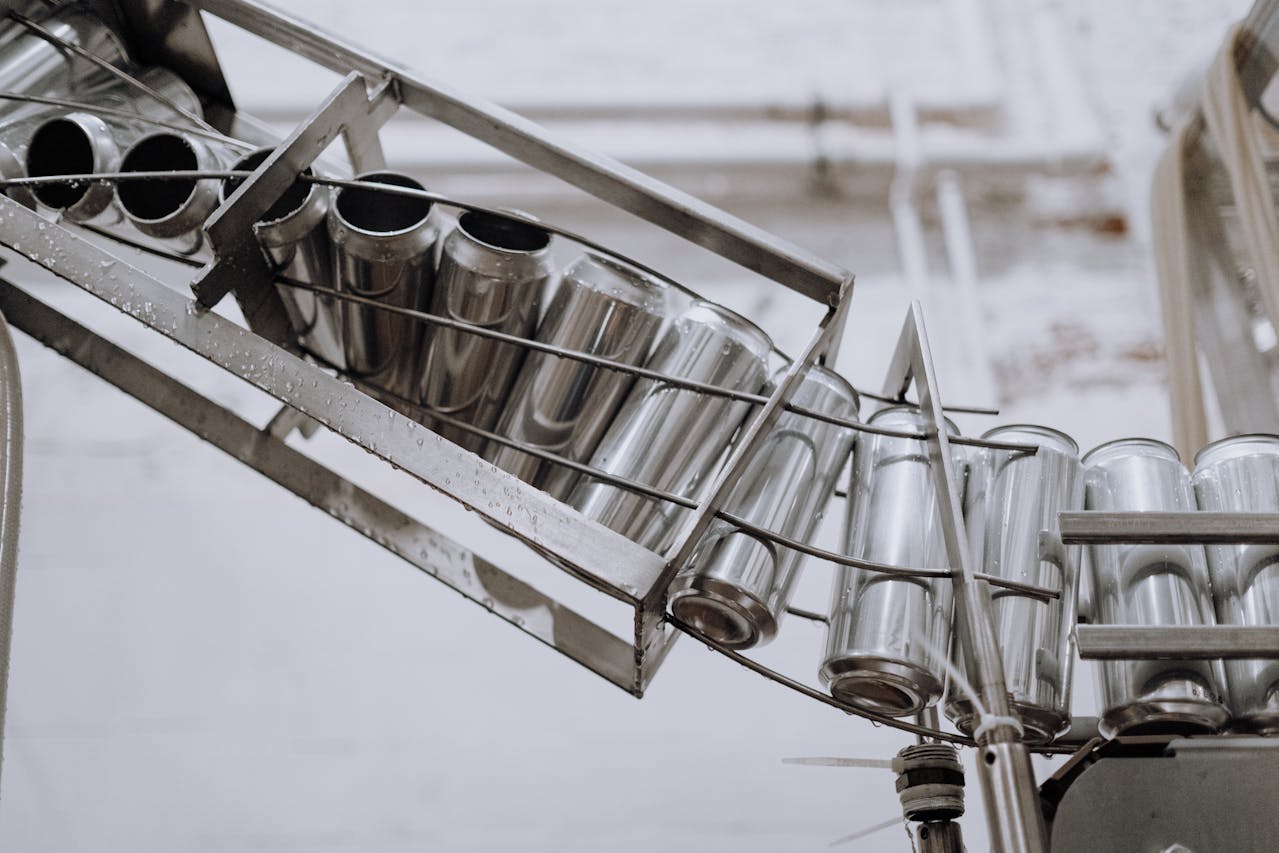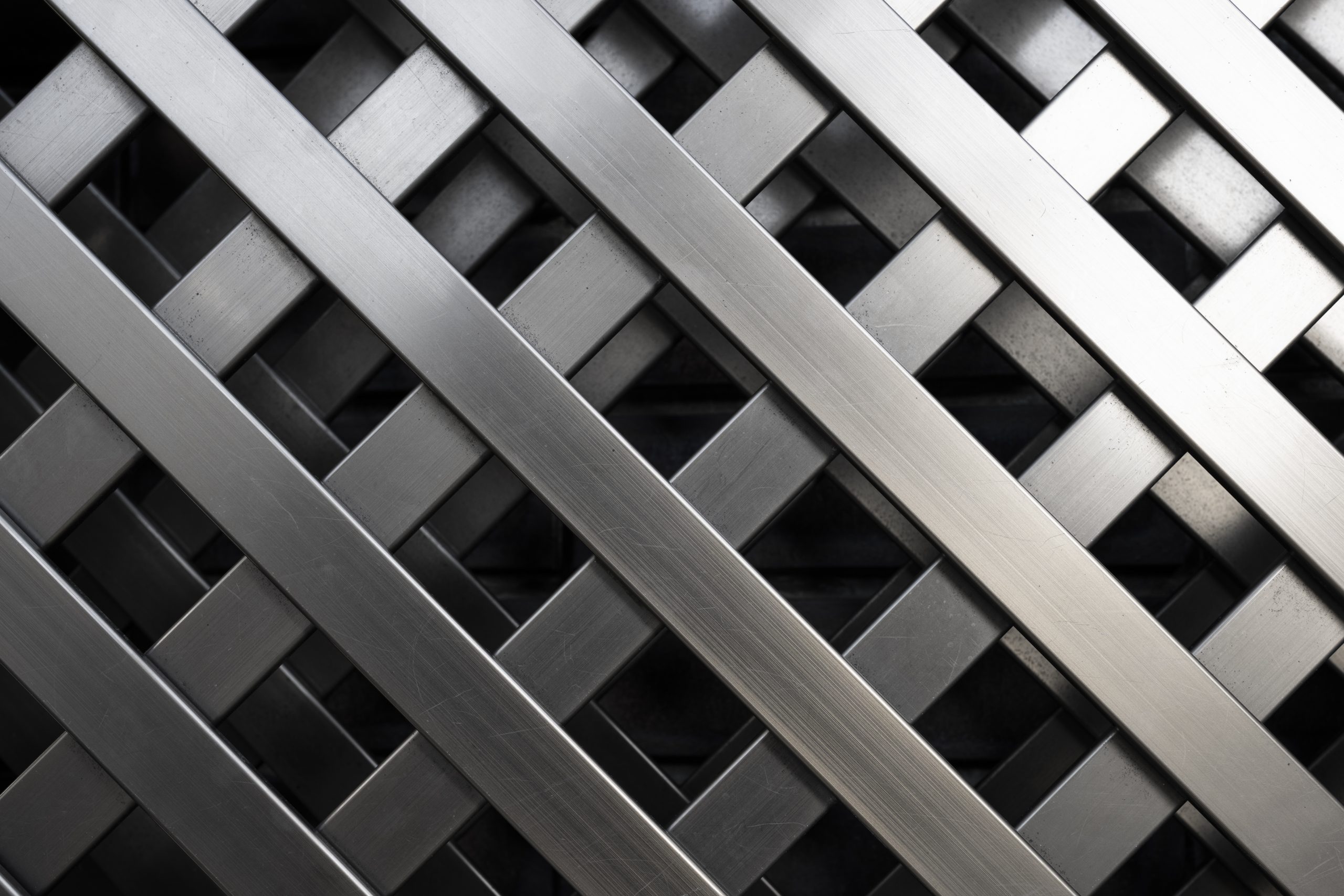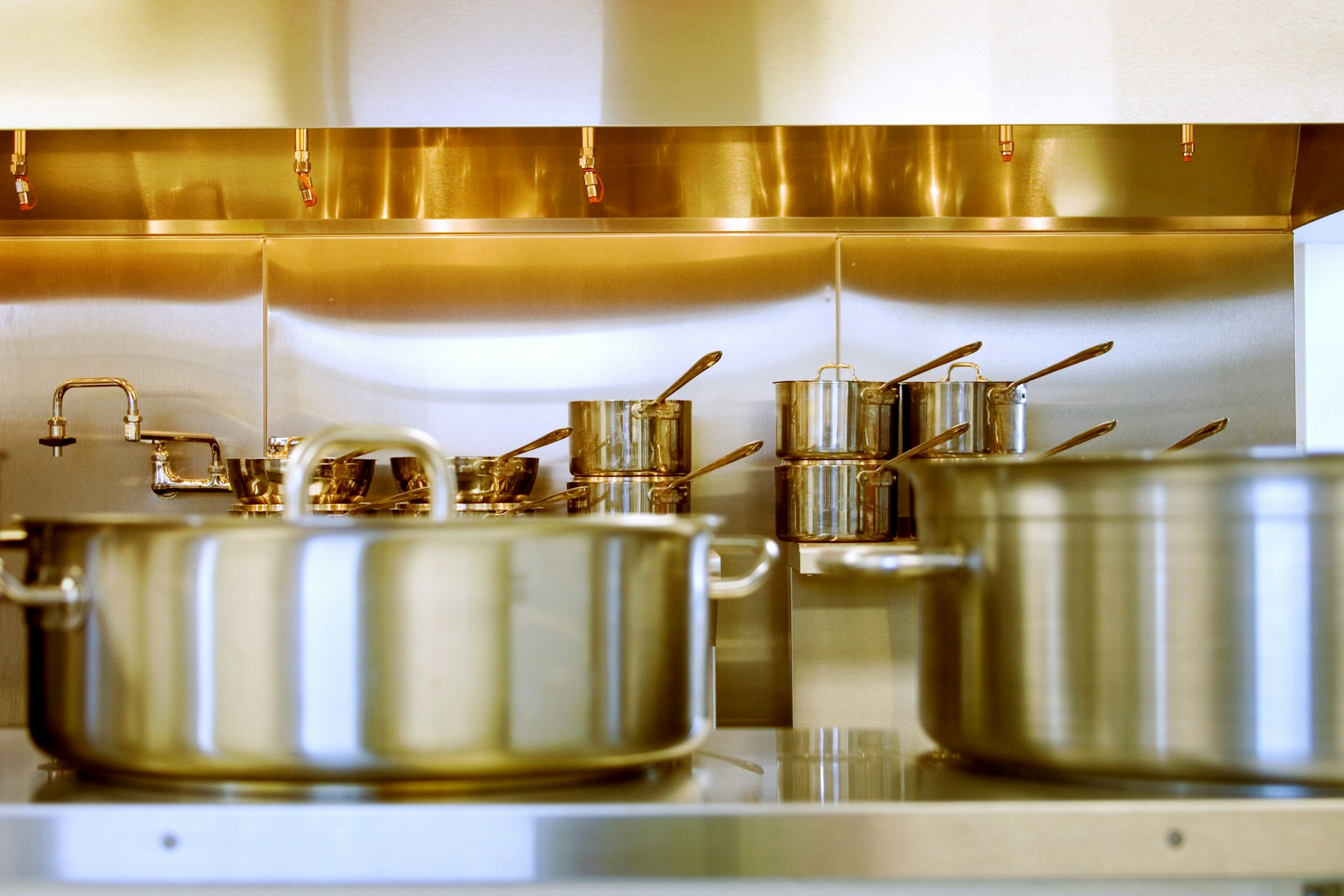The Different Types of Stainless Steel Grades Explained
January 24, 2025
Stainless steel is an incredibly versatile alloy used in many industries, from construction and automotive to food and beverage and even medical sectors. Its superior resistance to rust and staining makes it a preferred choice for many applications. However, not all stainless steel is made of the same composition. Understanding the types of stainless steel grades is crucial in selecting the right material for your industry:
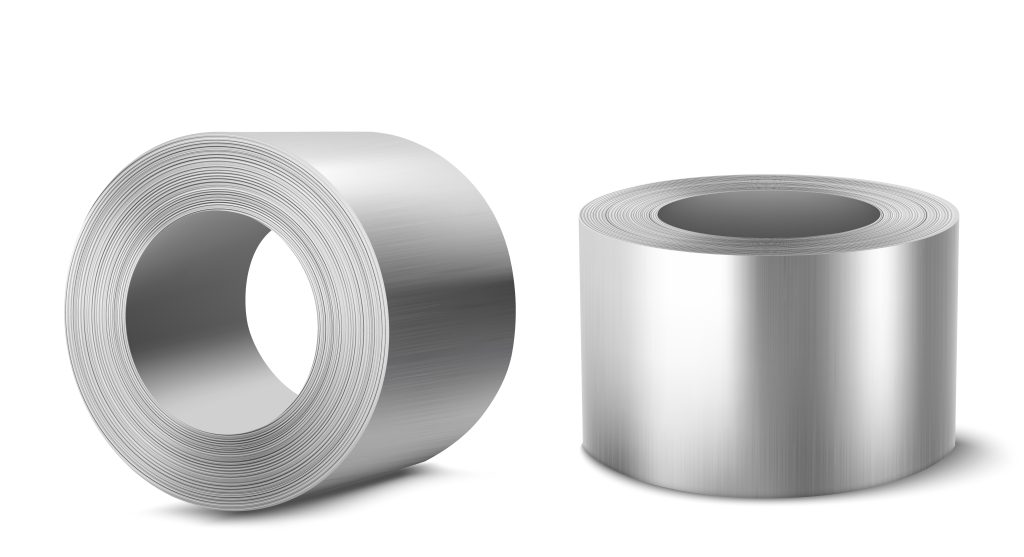
What Are Stainless Steel Grades?
Stainless steel grades are a classification system used to identify the composition, properties, and applications of this alloy. The diversity in types of stainless steel grades is what makes stainless steel so adaptable to various environments and uses. Whether you’re looking for resistance to corrosion, strength, or ease of manufacturing, you can find a stainless steel grade that fits your needs.
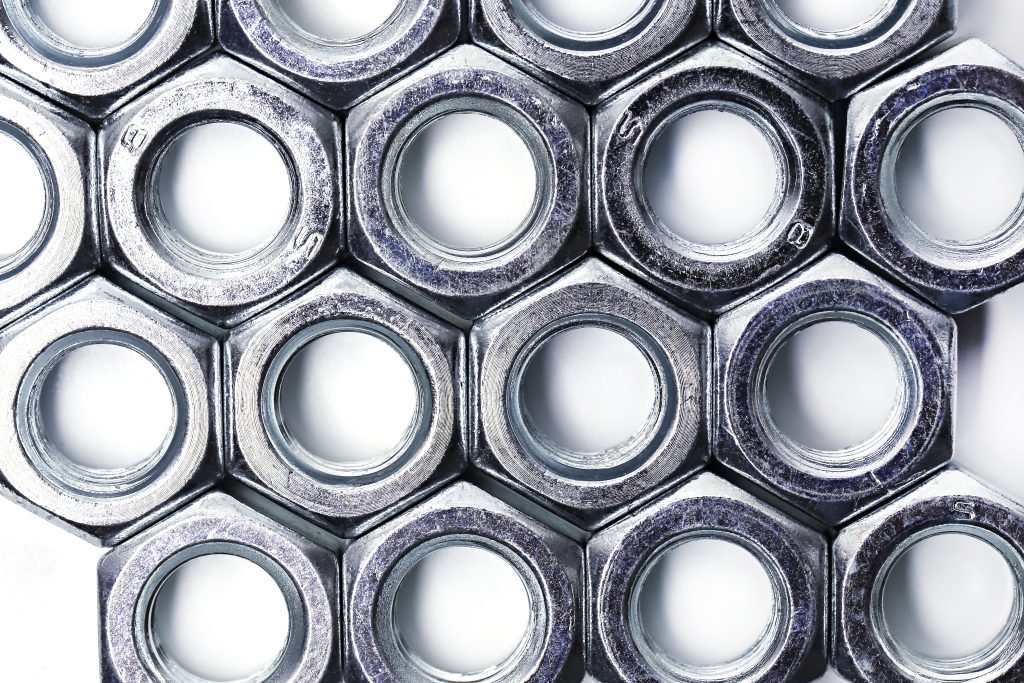
Overview of Common Stainless Steel Grades
Austenitic Grades (e.g., 304, 316)
Austenitic stainless steels are the most widely used types of stainless steel grades. They contain high levels of chromium and nickel and sometimes manganese (200 series), which gives them excellent resistance to atmospheric corrosion and makes them easy to shape. There are two broad categories of Austenitic Stainless Steel – Chromium-Nickel (300 series) and Chromium-Manganese (200 series). Austenitic grades like 204Cu, 304 and 316 are often found in kitchen utensils, equipment for chemical processing, and marine environments. Their versatility and durability make them a popular choice for many applications.
Ferritic Grades (e.g., 430)
Ferritic grades are non-hardened plain chromium grades with chromium content varying from 10.5% to 28% and with low carbon content. They are magnetic in nature, and due to their high chromium content, they are highly resistant to rust and damage from air or water. This type of stainless steel is often used in cars and building interiors. These grades are generally employed in applications where the desired formability and weldability are between those of martensitic and austenitic types.
Martensitic Grades (e.g., 410)
Martensitic stainless steels are known for being hard and tough, which makes them great for things that need to resist wear and tear. They are also plain chromium grades containing 11.5% to 18% of chromium with relatively high carbon content (0.1 to 0.2%)
They are often used for cutting tools, surgical instruments, and other applications that require high strength. Some of the grades, like 410, can be heat-treated to make them even stronger.
Duplex Grades (e.g., 2205)
Duplex Stainless Steels combine the best features of austenitic and ferritic types. Grade 2205, for example, is very strong and highly resistant to rust, especially against stress-corrosion cracking. This makes it ideal for tough environments, such as desalination plants and the pulp and paper industries.
Key Factors to Consider When Choosing a Stainless Steel Grade
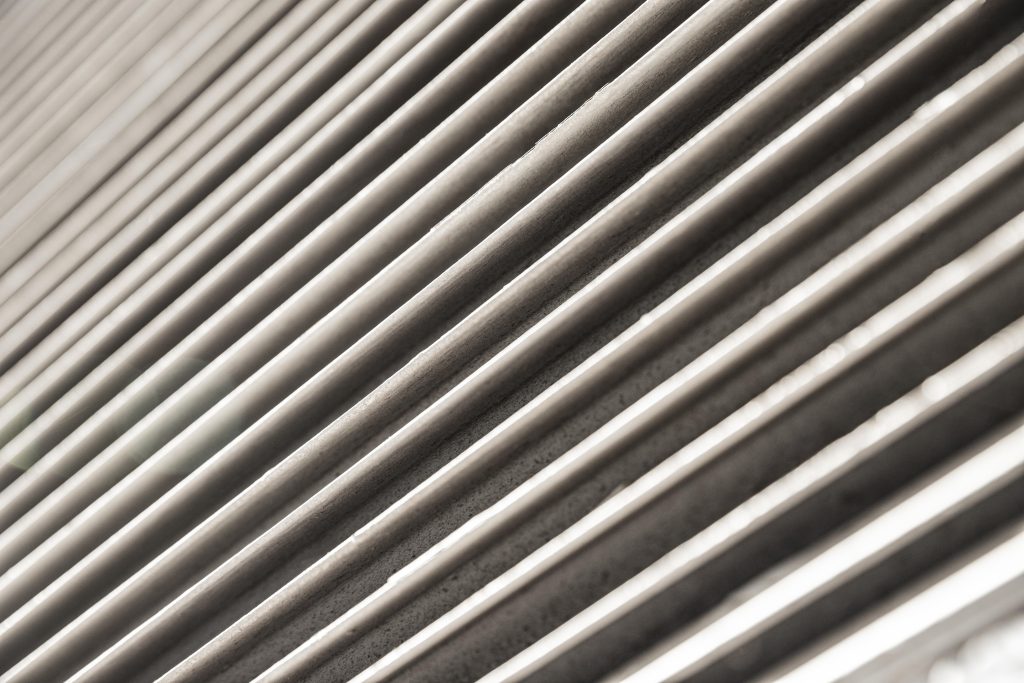
When selecting a stainless steel type, one must consider its resistance to rust, its strength, and its ease of shaping. For projects exposed to chlorides, for instance, a more resilient grade such as 316 is advisable due to its superior corrosion resistance. Therefore, opting for the stainless steel grade that best aligns with your project’s requirements is crucial to ensure both durability and optimal performance.
Comparison of Stainless Steel Grades
Comparing different grades of stainless steel highlights their corrosion resistance strength and varying uses. Here’s a simplified comparison:
| Grade | Corrosion Resistance | Strength | Typical Use |
| Austenitic (e.g., 304) | High | Moderate | Kitchenware, chemical equipment |
| Ferritic (e.g., 430) | Moderate | Moderate | Automotive trims, appliances |
| Martensitic (e.g., 410) | Moderate | High | Cutlery, surgical instruments |
| Duplex (e.g., 2205) | Very High | Very High | Desalination plants, chemical tanks |

Applications of Various Stainless Steel Grades
The list of types of stainless steel grades and their unique properties make it adaptable across various industries. Stainless steel’s many grades and unique qualities make it useful in many industries. For example, Grade 316 is highly corrosion-resistant, making it ideal for marine applications, chemical equipment, and surgical instruments. Grade 409 is favoured in construction for its durability and strength, often used in structural components and industrial frameworks. Automotive manufacturers rely on Grade 201 for its formability and resistance to wear, making it suitable for trims and exhaust systems. Duplex grades like 2205 are prized in the medical sector for their exceptional strength and corrosion resistance, making them suitable for surgical tools and implants.
Knowing the different types of stainless steel grades helps us understand why some materials are better for specific jobs or environments. The list of stainless steel grades allows different industries to choose the right kind of stainless steel with the best mix of cost, ease of shaping, strength, and rust resistance. Whether you’re an engineer or designer, understanding these differences helps you make smarter choices for your projects.
